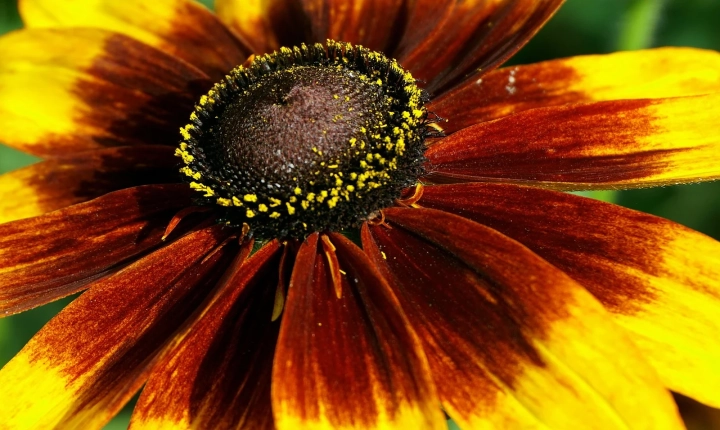Title: How to Convert AI to Pantone: A Step-by-Step Guide
For graphic designers and printing professionals, accurately converting digital designs to Pantone colors is a crucial step in ensuring color consistency and accuracy across different media. Adobe Illustrator (AI) is a popular tool for creating digital designs, and Pantone is widely used in the printing industry for specifying and matching colors. In this article, we will walk through the process of converting AI to Pantone, outlining the steps and considerations for achieving the desired results.
Step 1: Understand Color Modes
Before starting the conversion process, it’s essential to understand the difference between color modes. AI uses the RGB or CMYK color modes for digital designs, while Pantone colors are a set of standardized spot colors used in printing. Ensure that your design is set to the appropriate color mode before attempting the conversion.
Step 2: Select Pantone Matching System (PMS) Colors
In AI, identify the specific colors within your design that you want to convert to Pantone. Familiarize yourself with the Pantone Matching System (PMS) and its color libraries, which provide a range of standardized colors for easy reference. Choose the closest matching Pantone color for your design elements, keeping in mind factors such as hue, saturation, and brightness.
Step 3: Use Pantone Color Books
Adobe Illustrator provides access to Pantone color books, which can be used to apply Pantone colors to your design. In the Swatches panel, navigate to the Swatch Libraries menu, and select “Color Books.” Choose the relevant Pantone color book that corresponds to the printing process you will be using (e.g., coated or uncoated), and select the desired Pantone color from the library.
Step 4: Apply Pantone Colors
Once you have selected the appropriate Pantone color from the color book, apply it to the corresponding design elements in AI. Replace the existing RGB or CMYK color with the selected Pantone color swatch, ensuring that all instances of the color within the design are updated consistently.
Step 5: Check for Accuracy
After applying the Pantone colors, carefully review your design to ensure that the converted colors accurately represent the desired Pantone shades. Use color proofing tools and print samples if necessary to validate the color accuracy and make any adjustments as needed.
Step 6: Save and Export
Once you are satisfied with the converted Pantone colors in your AI design, save your project and prepare it for export. When exporting for print, make sure to communicate the specific Pantone colors used in your design to the printing service provider for accurate reproduction.
Conclusion
Converting AI to Pantone involves a systematic process of selecting, applying, and validating Pantone colors within your digital design. By understanding the nuances of color modes, leveraging Pantone color books, and ensuring accuracy through careful review, designers and printing professionals can achieve consistent and precise color representation across various mediums. Mastering the art of converting AI to Pantone is an invaluable skill that contributes to the quality and integrity of printed materials in the graphic design industry.
